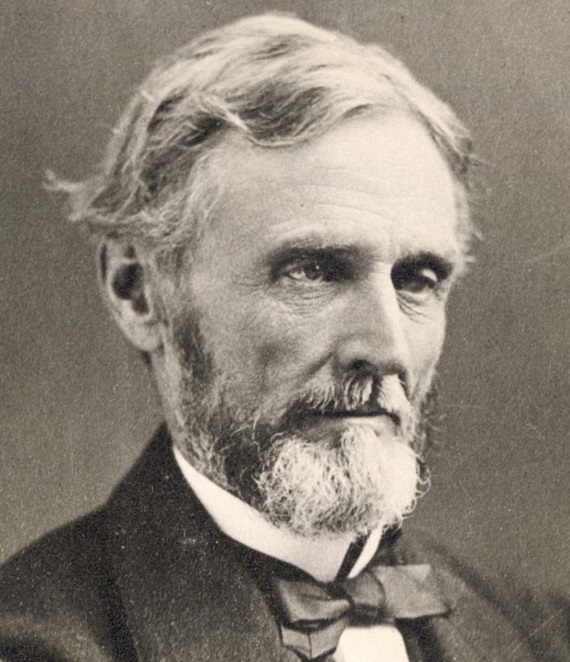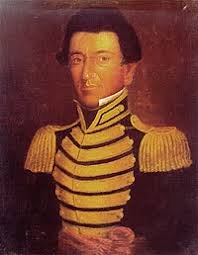Originally published at Circa1865.com.
The presidential messages of Jefferson Davis were filled with assertions of the South’s legal right to secede and form a more perfect union, and determine its own form of government to the letter of Jefferson’s Declaration of Independence. Not losing sight of this, even in early 1865, one Confederate congressman stated that “This is a war for the Constitution, it is a constitutional war.”
Betrayed by Yankees Perverting the Constitution
“Contributors to Confederate periodicals explored parallels between the Confederacy and other fledgling nations or independence movements – the Dutch republic, the “young kingdom of Italy,” and the Polish and Greek rebellions.
But the authors were careful to dissociate the South from genuinely radical movements; it was the conservative European nationalism of the post-1848 period with which the Confederacy could identify most enthusiastically. The Dutch struggle, an essayist in the July, 1862, issue of the Southern Presbyterian Review explained approvingly, was like the Confederate, for in both situations, “not we, but our foes, are the revolutionists.”
The Daily Richmond Enquirer was even more explicit about the Poles:
“There is nothing whatever in this movement of a revolutionary, radical or Red Republican character. It is the natural, necessary protest and revolt of, not a class or order, but an ancient and glorious nation, against that crushing, killing union with another nationality and form of society. It is . . . the aristocratic and high-bred national pride of Poland revolting against the coarse brute power of Russian imperialism . . . At bottom, the cause of Poland is the same cause for which the Confederates are now fighting.”
The Southern government welcomed a Spanish analogy between Napoleon’s invasion of Spain and northern advances across the Potomac. British recognition of the new Italian state encouraged [Robert] Toombs to see parallels there, as well. “Reasons no less grave and valid than those which actuated the people of Sicily and Naples,” he explained, had prompted the Confederacy to seek its independence.
But the nationalist movement with which the Confederates most frequently identified was . . . the American War of Independence. A central contention of Confederate nationalism, as it emerged in 1861, was that the South’s effort represented a continuation of the struggle of 1776. The South, Confederates insisted, was the legitimate heir of American revolutionary tradition. Betrayed by Yankees who had perverted the true meaning of the Constitution, the revolutionary heritage could be preserved only by secession. Southerners portrayed their independence as the fulfillment of American nationalism.
Secession represented continuity, not discontinuity; the Confederacy was the consummation, not the dissolution, of the American dream. A sermon preached in South Carolina explained that “The doctrines of the original Puritans were, and are, the doctrines of the Bible . . . but the descendants of the Puritans have gone far astray from the creed of their forefathers.”
[Southerners strived] to avoid the dangerous “isms” – feminism, socialism, abolitionism – that had emerged from Northern efforts at social betterment. But the logic of Confederate nationalism . . . was to prescribe significant shifts in the Southern definition of Christian duty. Secession thus became an act of purification, a separation from the pollutions of decaying Northern society, that “monstrous mass of moral disease,” as the Mobile Evening News so vividly described it.”(The Creation of Confederate Nationalism, Drew Gilpin Faust, LSU Press, 1988, pp. 13-14, 27, 29-30)







